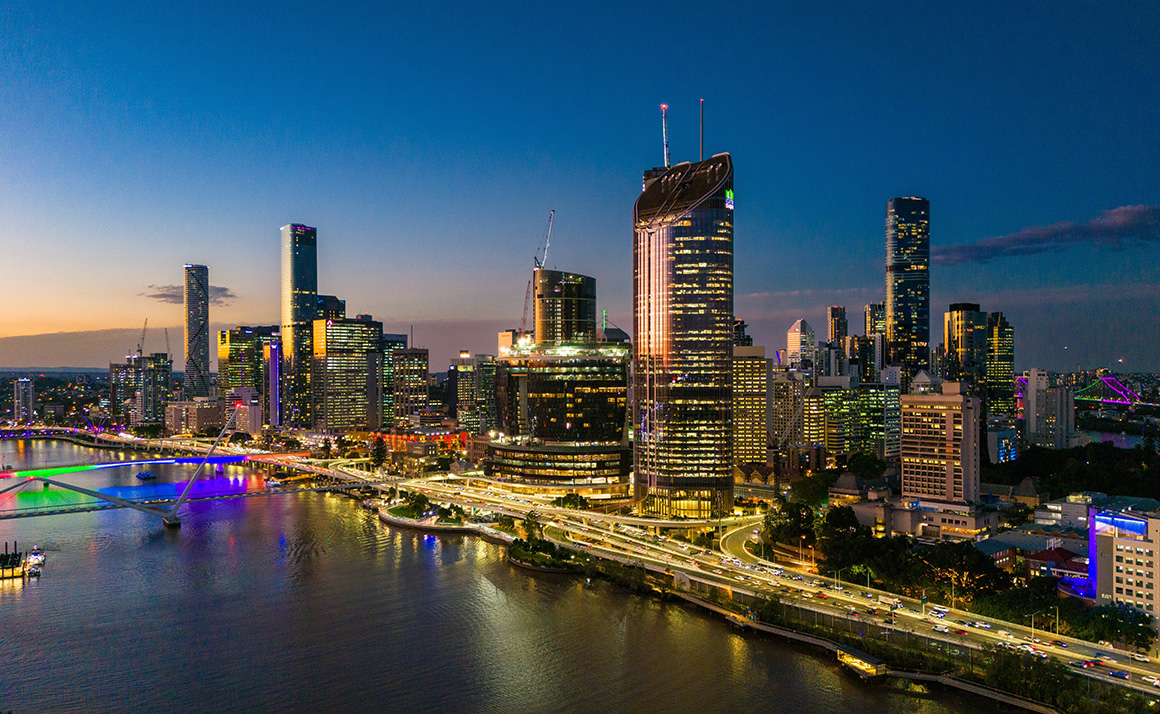
Outlook 2025: global investors target Asia Pacific industrial and logistics
The logistics sector across Asia Pacific is set to attract substantial interest from cross-border investors in 2025. While the performance of logistics assets has varied around the region, investor interest has remained strong and is expected to grow further next year.
The logistics sector across Asia Pacific is set to attract substantial interest from cross-border investors in 2025.
While the performance of logistics assets has varied around the region, investor interest has remained strong and is expected to grow further next year.
In Australia, logistics yields have stabilised, which alongside stable vacancy rates and average incentives, suggests the market may be nearing its cyclical bottom. The sector is underpinned by growing demand and favourable demographics, says Katy Dean, National Head of Research at Savills Australia. “This will aid investor confidence in the near term, helping landlords to maintain competitive lease terms and preserve the reversionary value accumulated over the last three years. Prime net face rents are about 50% higher than in 2021 and over 60% higher than in 2019.”
Investors have taken note of the performance, with $100m-plus purchases involving global investors including Barings and PGIM Real Estate this year and more expected in 2025. “These strategic investments in high-demand markets reflect buyer confidence in current pricing and potential returns,” says Dean.
In contrast to its booming office market, South Korea logistics real estate has suffered from a glut of post-pandemic supply and elevated interest rates. In particular, the market has had to digest a glut of cold storage facilities, says JoAnn Hong, Head of Research & Consultancy at Savills Korea. “Due to relatively stagnant demand compared with the rapid expansion of new supply, securing new tenants for cold storages has become increasingly challenging.”
This has led to a rise in distressed asset sales, meaning investment volumes have remained high in 2023 and 2024. “Amid rising distressed asset transactions and declining new supply, foreign investors are seizing prime opportunities, whereas domestic institutional investors remain cautious in their approach,” Hong says.
However, with lower supply next year, she expects more investors to join the opportunistic overseas players in Korean logistics.
Global supply chains have shifted since the pandemic in an attempt to boost resilience, often with a “China plus one” strategy. Vietnam logistics real estate has been a prime beneficiary of this trend, as well as benefitting from substantial investment in infrastructure and a number of trade deals.
The nation is undergoing a shift toward high-value sectors, with robust growth in electronics, electric vehicles, solar technology, and semiconductors, says John Campbell, Head of Industrial Services at Savills Vietnam. “This transformation is attracting a significant influx of foreign investment and driving the development of modern industrial parks to accommodate advanced manufacturing needs.”
There has been significant foreign direct investment (FDI) in Vietnam, with South Korea, Singapore, Japan and Hong Kong the biggest investors. This is driving the construction of manufacturing and logistics space. There has also been interest from real estate investors; Singapore-listed Daiwa House Logistics Trust bought its first assets in Vietnam this year for example.
“With a strategic location, large workforce, and expanding infrastructure, Vietnam is primed for continued industrial growth, says Campbell.
Further reading:
Vietnam Industrial Insider report
Contact Us:
Katy Dean | JoAnn Hong | John Campbell



